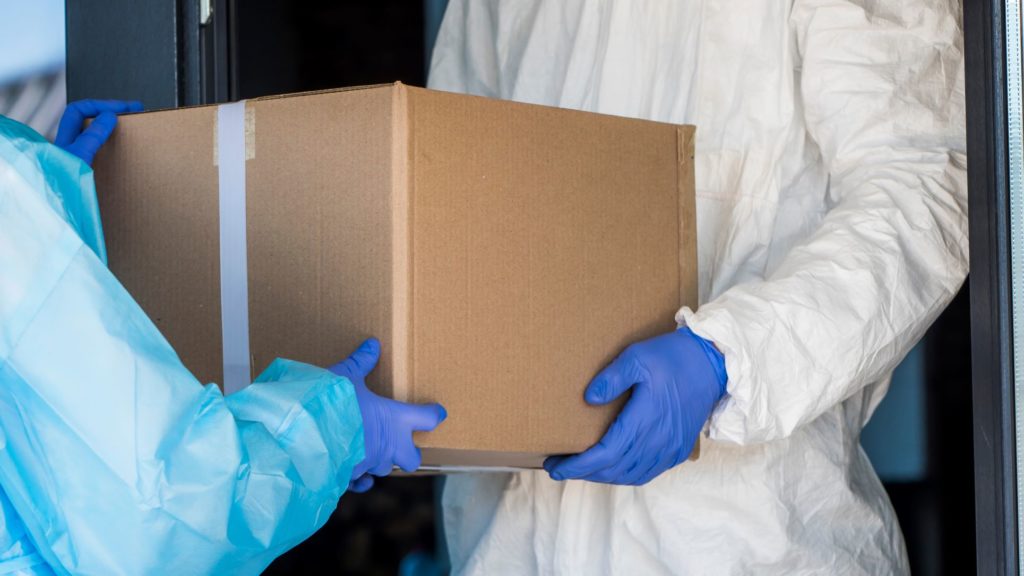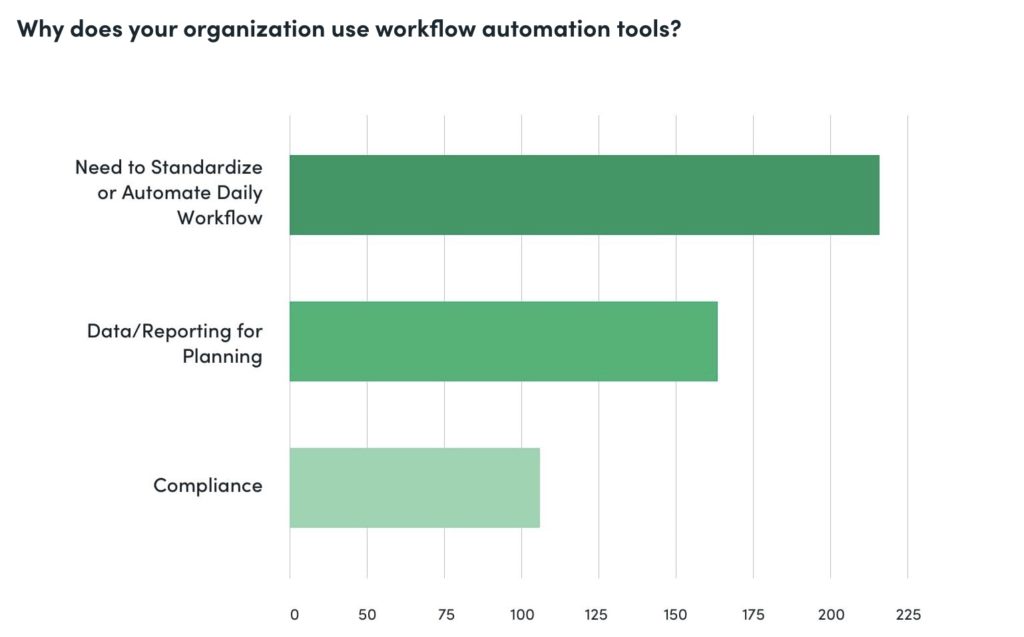
As a medical supplier, you are primarily concerned with selling your items. On the other side of the equation are the group purchasing organizations (GPOs) and purchasing departments in hospitals.
To improve your sales, you need to understand what hospitals and GPOs expect from the medical equipment procurement process – a process that can take months or even years to complete in some cases.
With this guide, you can gain a new perspective on the medical sales cycle and learn how to make your sales process easier and more beneficial for your customers.
Key Takeaways
- The medical sales cycle is a complex process that requires careful negotiating through all the steps to close a sale.
- Medical suppliers need to get to know key influencers in the medical procurement process to understand the needs of potential customers.
- Sales representatives should provide clear and complete information throughout the medical sales cycle.
Medical Sales Cycle Overview
Medical equipment procurement can also be called the medical sales cycle. It can be a long process. However, it is something that hospitals and suppliers want to get right. Carevoyance breaks down this cycle into nine steps:
- Documenting the customer journey
- Identifying target customers
- Locating key decision makers
- Discovering your prospects’ goals
- Raising awareness of your products’ benefits
- Building trust with prospects
- Presenting solutions
- Following up with next-step goals
- Closing a sale
Who Is Involved in Medical Equipment Procurement?
There are numerous decision makers involved in the buying process for any hospital. Usually, one of the most important people in this process is a hospital purchasing agent. It is this person’s job to make sure a hospital has all the supplies, equipment, and tools it needs to deliver the best patient care. They also want to get the goods they need at the best possible price.
Here are some of the most common responsibilities for a hospital purchasing agent:
- Negotiating contracts
- Administering contracts with medical suppliers
- Finalizing sales
- Monitoring shipments of goods
- Analyzing data to maintain budget limits
As a medical supply company, you should be familiar with hospital purchasing agents, their goals, and how you can help them reach those goals. One important thing to remember for everyone involved in procurement is that all outcomes should be focused on improving patient care.
Creating an Effective Sales Strategy for Medical Equipment Procurement
To master the hospital procurement process, you need an organized plan that will get you through every step of the sales cycle. These five stages can help you create an effective strategy that will make it easier to navigate through the complex medical sales world.
1. Get to Know Key Opinion Leaders
When selling medical equipment to a hospital, you will want to get to know some of its key opinion leaders (KOL). These are people with major influence in the hospital and could include the medical director, hospital purchasing agent, hospital executives, or even researchers.
These people may also be part of a larger Value Analysis Committee (VAC), whose primary responsibility is overseeing the procurement process, especially of major hospital equipment.
Once you have established a connection, you can talk to your contacts about their needs and goals. This will help you understand what kind of solutions you can offer them.
2. Present Pertinent Research and Data
Collect all necessary data and research regarding the equipment and supplies you plan to present to the VAC or hospital purchasing agent. This could include studies, FDA information, MSDS documents, and product literature. Having all of this information on hand can help make it easier to close a potential sale.
By the time you reach this point in the sales cycle, the purchasing team likely already knows a lot about your product. According to a 2019 study by Gartner, many B2B buyers want suppliers to act more as an “information connector” to help organize the vast amounts of information in an easy-to-understand way.
The study also indicated that providing information that is designed to help buyers make progress in their purchase decision will have the biggest impact on sales. It is three times as likely to lead to a “high-value, low-regret” sale.
3. Be a Thorough Negotiator
While hospitals care about the cost of medical suppliers, the lowest price is not always the best deal. When negotiating with VACs, make sure all of your bidding information is complete. Offer them more than just the lowest price. Tell them how your product or solution can help reduce their costs and how it will affect patients and hospital staff.
Be prepared to answer tough questions about your competition and how your pricing may differ from theirs. If your cost is higher, defend your pricing by emphasizing the value and other fundamental values of your products.
This YouTube video offers practical negotiation tips you can use when working through the procurement process.
4. Offer a Trial Phase
Depending on the product you are selling, some hospitals may feel more comfortable proceeding with a sale if they can test the product first. You can offer a discount during the trial to encourage hospital staff to try the product.
Make sure you thoroughly outline the parameters of the trial including how long it will last and any limitations. Communicate frequently during this time so you can answer any questions and continue to emphasize the product’s capabilities.
5. Maintain Honesty Throughout the Process
Honesty is a key trait in any successful sales representative. There may be times when you might not want to share specific information. However, by always delivering complete and truthful information, purchasing groups will respect you, even if you do not complete the sale. This could lead to sales in the future.
By using these strategies whenever you start a relationship with a potential customer, you can quickly become an expert in the complexities of medical equipment procurement.
Avoid Roadblocks in Procurement Planning
Because medical procurement is such an intensive process, you want to recognize and/or remove any potential roadblocks as quickly as possible. This could be as simple as making sure the technology in your products is compatible with the computer systems in your contact hospital.
You do not want to be further down the sales funnel before realizing your solution is not compatible with their technology. The key to doing this is continual communication through every step of the process.
Share Moving Media Can Help You Improve Your Sales Potential in the Medical Sales Cycle
Even with a complete understanding of the medical equipment sales process, it can still feel like you are not making any progress. If you need a boost in finding new customers, Share Moving Media can help. We specialize in helping medical suppliers reach their target audience through a range of media sources and marketing strategies.
If you are ready to increase your profitability in the medical equipment procurement process, contact us today to get started!







